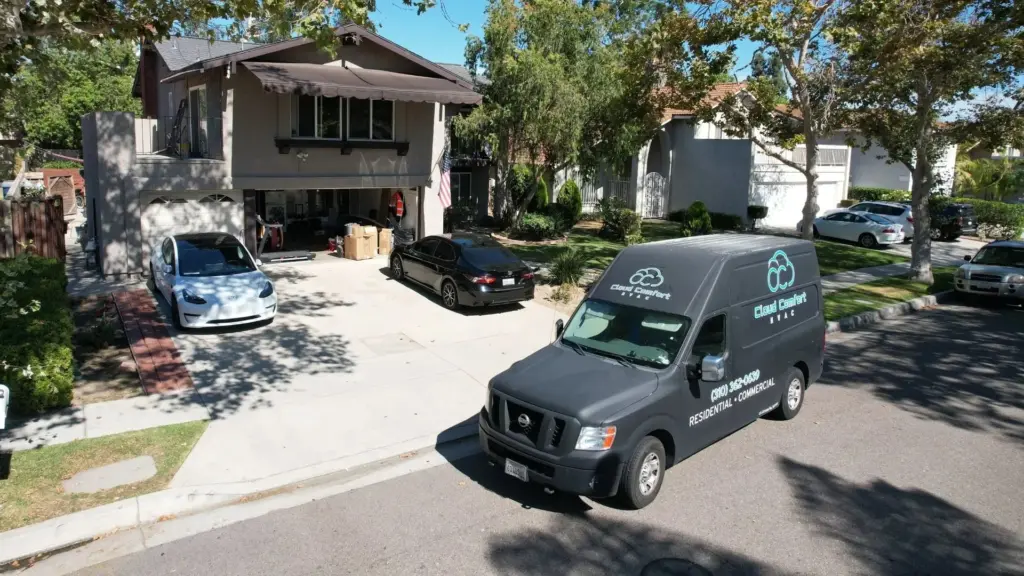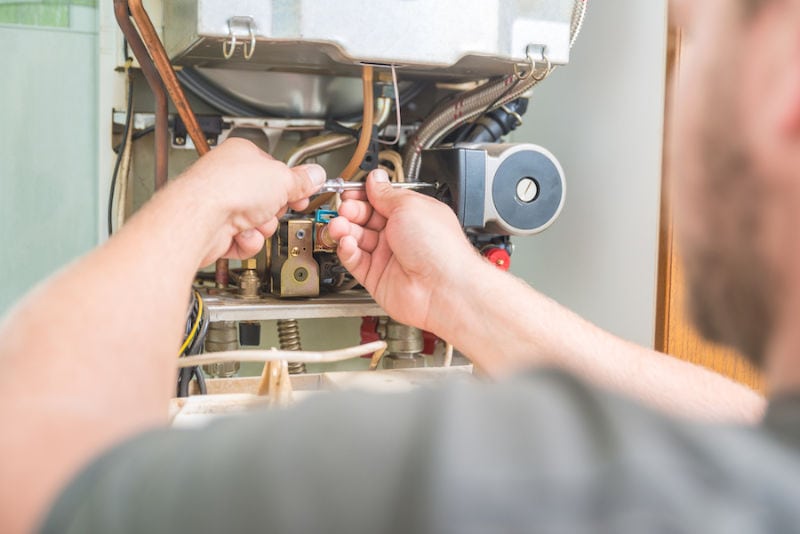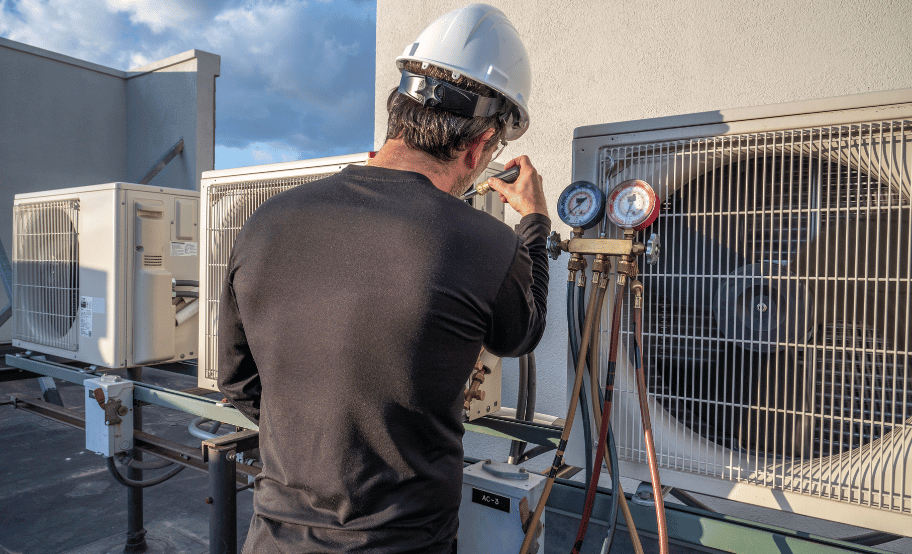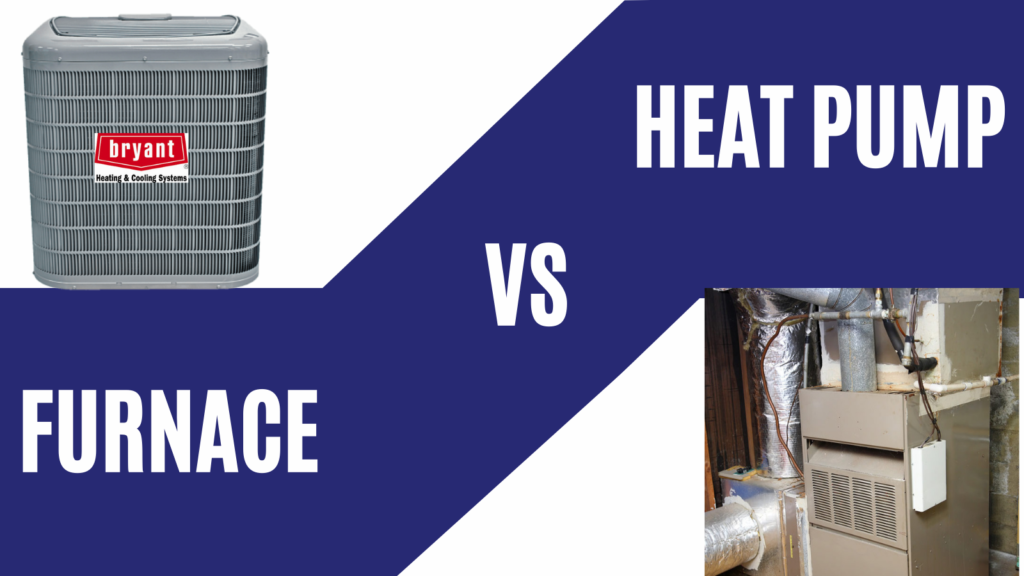
As the winter months approach, the last thing you want is a furnace breakdown just when you need it most. A properly maintained furnace not only ensures your home stays warm and cozy but also helps extend the life of the system, improves energy efficiency, and prevents costly repairs. Whether you’re facing minor furnace issues or simply want to prepare for winter, here are essential furnace repair and maintenance tips to keep your home warm and comfortable.
1. Schedule Regular Furnace Inspections
One of the best ways to keep your furnace running smoothly is by scheduling regular inspections and tune-ups by a licensed HVAC contractor. A professional can detect potential issues before they turn into major repairs, check for efficiency problems, and ensure your system is running safely.
During an inspection, the technician will:
Check and clean the burners.
Inspect the heat exchanger for cracks or damage.
Test the thermostat for accurate readings.
Ensure the venting system is clear and functioning properly.
Lubricate moving parts and check electrical connections.
Tip: Schedule your furnace inspection in early fall before the cold season hits to avoid any delays in service.
2. Replace the Furnace Filter Regularly
A clogged or dirty furnace filter can severely affect your system’s performance. Filters trap dust, dirt, and other particles, preventing them from circulating through your home’s air. Over time, these particles build up and reduce airflow, causing the furnace to work harder, which can lead to overheating and potential damage.
- How often to replace? Depending on the type of filter, it should be replaced every 1 to 3 months, especially during heavy-use periods in winter.
- A clean filter also improves indoor air quality, helping those with allergies or respiratory issues breathe easier.
3. Inspect the Thermostat Settings
Your thermostat controls your home’s temperature, and if it’s not calibrated or functioning correctly, it can lead to heating inefficiencies. Make sure your thermostat is set to the right mode (usually “heat”) and at the desired temperature.
If you’re noticing fluctuations in temperature or your furnace seems to cycle on and off too frequently, it may be time to:
- Check the batteries in a programmable thermostat.
- Consider upgrading to a smart thermostat, which can improve efficiency by learning your schedule and adjusting the temperature automatically.
4. Seal and Insulate Ductwork
Leaky or poorly insulated ductwork can cause up to 30% of heat loss, meaning your furnace has to work harder to keep your home warm. Inspect your ductwork for any gaps, leaks, or loose connections. Pay particular attention to areas in unconditioned spaces like attics or basements, where heat loss is more common.
- Use metallic tape or mastic sealant to fix small leaks.
- Insulate ducts that run through cold spaces to prevent heat from escaping.
5. Clean the Furnace Vents and Registers
Dust and debris can accumulate in your home’s heating vents and registers, blocking airflow and reducing the efficiency of your furnace. Take the time to:
- Clean the registers and vents with a vacuum cleaner to remove dust, pet hair, and other obstructions.
- Ensure that furniture, drapes, or other objects are not blocking the vents, allowing heat to circulate freely.
6. Listen for Unusual Noises
Furnaces typically make some noise when they operate, but if you start hearing unusual sounds like banging, rattling, or squealing, it could be a sign of a mechanical problem. These noises may indicate loose or broken parts, a worn-out blower motor, or issues with the fan belt.
- Banging could signal a problem with the ductwork or delayed ignition.
- Rattling may point to loose screws or panels.
- Squealing can indicate a worn or slipping belt.
7. Keep the Area Around the Furnace Clear
For safety and efficiency, ensure there’s enough space around your furnace for proper ventilation. Avoid storing flammable materials like paper, paints, or cleaning products near the furnace, as these items can pose a fire hazard.
Tip: Maintain at least a 3-foot clearance around your furnace to allow for proper airflow and safe operation.
8. Check the Pilot Light
If your furnace has a pilot light, it should burn blue. A yellow or flickering flame can indicate poor combustion or a problem with the gas supply, such as a leak or improper venting. If you notice the flame is yellow or any other color, turn off the furnace and contact a licensed HVAC technician immediately.
Tip: If your furnace uses an electronic ignition system, you won’t have a pilot light, but it’s still important to have the ignition checked during routine maintenance.
9. Test the Carbon Monoxide Detectors
Furnaces that burn fuel, such as natural gas or propane, can produce carbon monoxide (CO), a colorless and odorless gas that is dangerous to your health. Make sure you have working carbon monoxide detectors installed on each level of your home, especially near sleeping areas.
- Test your CO detectors regularly, and replace the batteries twice a year.
- If your detectors ever go off, turn off the furnace, ventilate your home, and call a professional immediately.
10. Know When to Call a Furnace Repair Professional
While routine maintenance can prevent many issues, some furnace problems require professional attention. If you notice that your furnace isn’t producing enough heat, the system is cycling on and off frequently, or your energy bills have spiked unexpectedly, it’s time to call an HVAC contractor for a thorough inspection and repair.
Tip: Don’t wait until your furnace breaks down completely. Addressing small issues early can save you from costly repairs or a full system replacement.
Keeping your furnace in top shape is key to ensuring a warm and comfortable home this winter. By following these maintenance tips and scheduling regular inspections, you can prevent breakdowns, improve energy efficiency, and extend the life of your heating system. For professional furnace repair and maintenance, reach out to Cloud Comfort HVAC Inc.—your trusted local experts who can keep your home cozy all season long.




